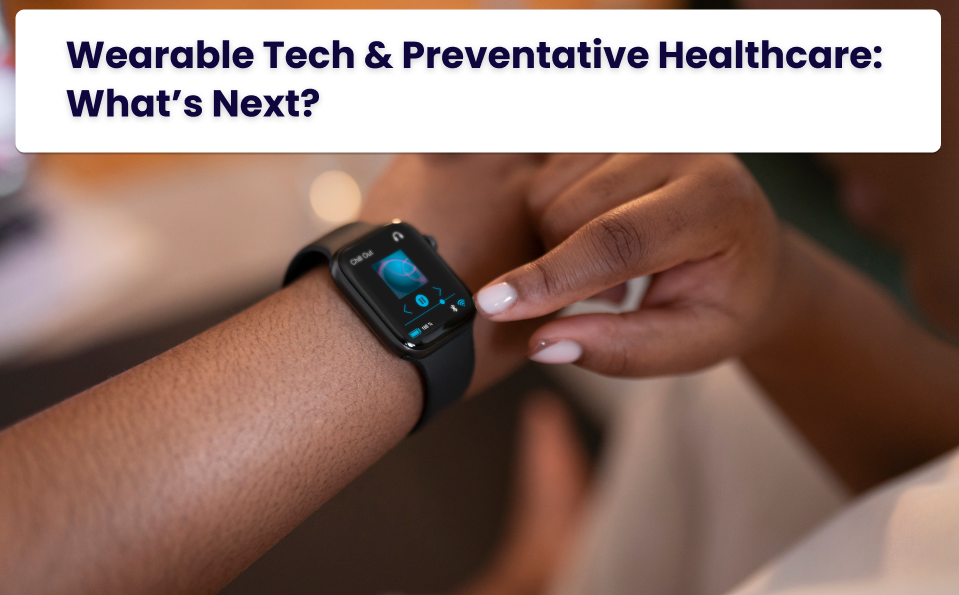
Wearable Tech & Preventative Healthcare: What’s Next?
Wearable technology, including fitness trackers, smartwatches, and smart clothing, has transformed how individuals monitor their health. In Canada and the USA, these devices are becoming integral to preventative healthcare. From real-time health monitoring to personalized care, wearables are empowering people to take charge of their well-being.
- Real-Time Health Monitoring
- Encouraging a Healthy Lifestyle
- Early Detection of Chronic Diseases
- Remote Monitoring and Telehealth Integration
- Mental Health Monitoring
- Personalized Medical Care Through Data Sharing

Wearables track essential health metrics such as heart rate, sleep patterns, and oxygen levels. This continuous monitoring allows early detection of irregularities, helping individuals take action before serious issues arise. For example, devices like the Apple Watch and Fitbit assist in identifying conditions like atrial fibrillation (AFib) and tracking blood glucose levels for diabetes patients.
In regions like North America, where diseases such as heart disease and diabetes are prevalent, wearable devices provide an invaluable tool for managing these conditions.

Wearables motivate users to lead an active lifestyle by tracking steps, setting fitness goals, and reminding them to move. In the USA and Canada, where sedentary behavior is linked to chronic diseases, wearables promote healthier habits.
Personalized insights from these devices help users create effective exercise routines and set realistic health goals, reducing risks of obesity, hypertension, and other lifestyle-related conditions.

Advanced sensors in wearable devices are revolutionizing chronic disease prevention. Features like heart rhythm tracking and glucose monitoring aid in detecting early warning signs of illnesses. These innovations reduce long-term healthcare costs by preventing the progression of diseases.

The integration of wearables with telehealth services has improved access to care in North America. Patients with chronic conditions or post-surgery recovery can benefit from remote monitoring, reducing hospital visits.
Wearable devices enable doctors to access real-time patient data, providing timely interventions and improving patient outcomes.

Mental health is a growing concern in Canada and the USA, and wearables now include features for stress monitoring and detecting signs of anxiety or depression. These tools empower users to take proactive steps, such as practicing mindfulness or seeking professional help, contributing to better mental health outcomes.

Wearables facilitate the sharing of health data with doctors, enabling personalized treatment plans. This feature is particularly beneficial for individuals managing chronic conditions.
Additionally, aggregated data from wearables can support public health initiatives, helping healthcare systems in Canada and the USA develop targeted preventative programs.
Summary
Wearable devices are reshaping preventative healthcare in the USA and Canada, empowering individuals with tools for real-time monitoring, early disease detection, and remote care. As technology continues to advance, wearables are expected to play an even more critical role in reducing chronic disease rates and alleviating pressure on healthcare systems.
By embracing wearable technology, individuals can take a more proactive role in their health, ensuring healthier futures and a more efficient healthcare ecosystem.


